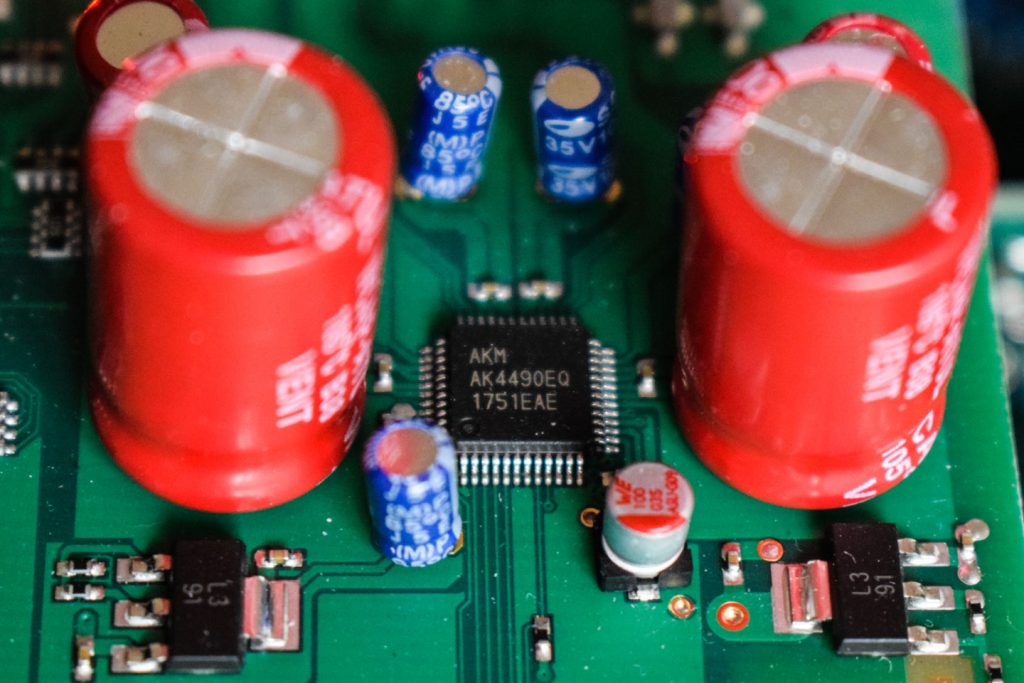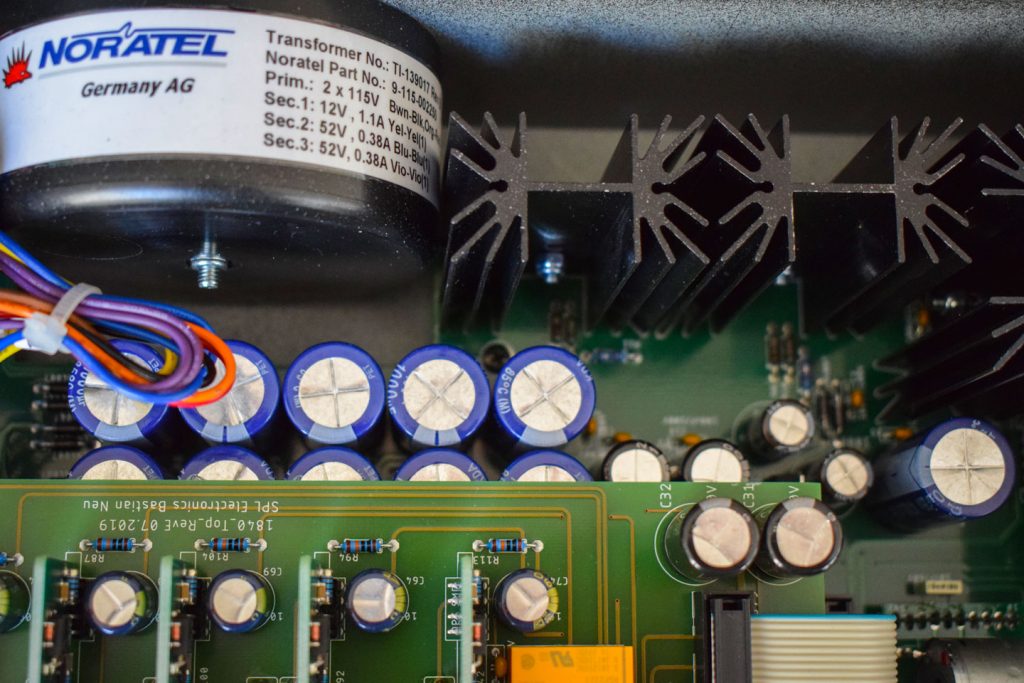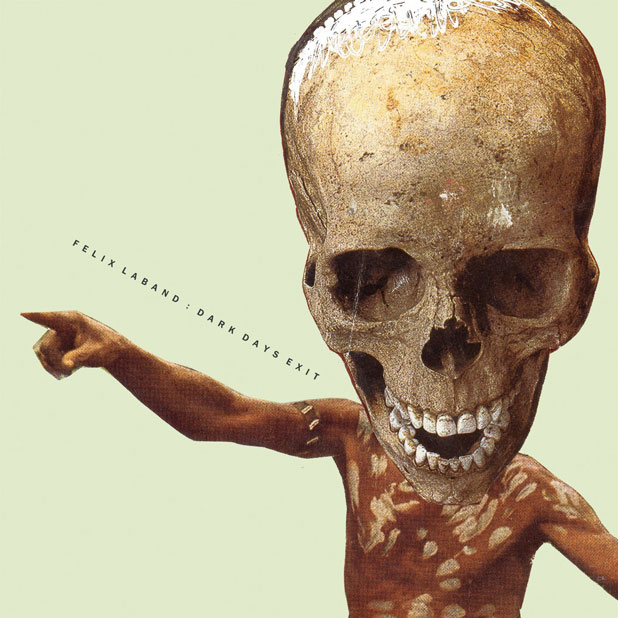A test that was long overdue. The SPL Director Mk2 has been in the editorial office for a good six months now and has proven itself in the shadow of the impressive SPL mono power amp blocks called Performer m1000 has quietly earned the position of a preamp reference. Even at LowBeats, we needed time to fully appreciate the sonic quality of this DAC/preamp. But the longer you listen to it, the clearer it becomes that transistor technology has been pushed to the limit here…
The director has been there before. In its first generation (click here for the test) it accompanied us for many months as an incorruptible arbiter in a number of listening tests. Its straightforwardness, its relaxed sound at all times and its high operational reliability made it clear that the Director comes from the studio sector, in which the Lower Rhine-based pro-fi manufacturer SPL has played an important role for many, many years.
Although the first Director could do almost as much as the successor, it was only about half as high. The slightly taller design immediately leads us to a point with which the new Director convinces from the very first moment: it looks – especially with the front panel in this crisp red – sharp as a rat. Also because the proportions are much more harmonious compared to the first director.
Beauty is always in the eye of the beholder. But even those who are more into classic hi-fi design will agree with me that this quasi-studio look with its narrow width of 27.8 cm is really something and clearly stands out from the mass of conventional pre-amps. And of course these VU meters (for those who like them) are absolutely bewitching…
The technology of the SPL Director Mk2
If you put the predecessor on its back, a mouse piano became visible in which you could make some useful adjustments, especially in the studio. The new model only offers these additional options to a limited extent and certainly not in the supine position; it’s not very sexy if you have to remove and turn the device over every now and then. The new Director has therefore once again become a “real” hi-fi component.
But of course there are also technical changes. Perhaps the most important is the digital section, which has largely been taken over from the Phonitor XE. The central component here is the AK4490EQ chipset from AKM. The philosophy of the pro-fi forge, which SPL CEO Hermann Gier outlined very vividly during the last LowBeats visit, is particularly evident with him. It reads: All relevant components are heard and thus selected.
This process brought the AK4490EQ from AKM into play. It is tried and tested, is used by many digital specialists, can handle all major formats up to PCM768 and DSD256 and, to the ears of SPL decision-makers, simply sounds that little bit better than the other products on the market. But – and this is also SPL – it is robbed of its filters. SPL developer Bastian Neu builds them himself. And analog ones at that.

It’s a question of attitude. We have also had the SPL Crossover analog active crossover in the editorial office for some time now. Here, too, the question arises as to whether the separation of the individual branches cannot be achieved much more easily, effectively and cheaply by digital means. “Sure,” says a grinning Hermann Gier. “But the analog one just sounds better.” And he is right.
Because SPL listens a lot, a small weakness was found in the power supply of the old Director. So two large 5,000 μF filter capacitors simply became ten small 1,000 μF capacitors. According to Gier, this brought even more pressure and lightness to the playback.

However, the technology of a modern SPL device would be incompletely described if the high-voltage technology – philosophically called “Voltair” at SPL – were disregarded. Background: Classic hi-fi devices work internally with a voltage swing of plus/minus 15 volts. That is sufficient, according to almost all developers. “Not enough”, say Gier and Neu, who have experienced the limitations of this voltage range not only in the studio sector. Their high-voltage technology relies on an internal voltage range of plus/minus 60 volts. This is four times as much and enables a significantly higher, low-distortion power range. The result, says Gier: “It just sounds more casual”.

High-voltage technology is also a question of attitude, as its implementation involves some effort. Many components are not designed for such high voltages. For example, the company has developed its own high-voltage operational amplifier, which represents a considerable investment for a rather small company like SPL. But it gives the Rhinelanders an (almost) unique selling point: among the well-known German high-end providers, only T+A has discovered the advantages of the larger voltage swing for itself, but only uses it in its sinfully expensive top (HV) components. Everything clear?
Practice
The SPL Director is very easy to use and has a few real delicacies on board. For example, SPL’s well-known adaptation of all adaptive remote controls. They are sworn in to the new director at the touch of a button. Or the tape/monitor loop with level adjustment for tape machines.
The rear of the compact Director Mk2 offers no fewer than 10 inputs. That is lavish. However, the compact preamplifier does not have two things: firstly, a headphone amplifier. The pro-fi specialists from the Lower Rhine are known as proven headphone amplifier specialists. And it’s in the nature of things that they didn’t want to include a headphone stage that was slimmed down in any way. Because they have four extremely sophisticated headphone amps in their range that take music listeners to the very top in terms of sound.
Secondly, some hi-fi fans may be missing unbalanced outputs because their existing power amplifier may only have RCA inputs. But SPL’s approach here is absolutely correct: In most applications (power amplifiers are located next to the speakers, or operation of active speakers) the cable runs are well over a meter long. And then, of course, the symmetrical connections are far superior due to their low interference. And there are adapters for everything…
This is how the SPL Director Mk2 sounds
What do you expect from such a preamp that comes from the field of tension between studio technology and hi-fi? Yet probably an incredibly accurate, rather neutral-sounding precision machine. The Prussian ministerial official among the preliminary stages, so to speak. The Director Mk2 disappoints such expectations in the most pleasant way.
For the tests, we naturally combined a wide variety of power amplifiers. Among other things, the new Director was present at the big level festival of the Rotel Michi power amplifiers on the JBL Everest DD 67000. Also Audiolab 8300MB and Nubert nuPower A were also used. But in the end – who’s surprised, with the same stable? – we stayed with our reference power amplifiers SPL Performer m1000. They also harmonized best with the comparison preamps.
But first things first. In the first listening tests, we tried to sound out the quality of the DAC section. Because the converter has no digital output and we therefore had to use the Director MK2 as a preamp, this attempt naturally has its weaknesses. Nevertheless, the differences between the various external DACs were clearly audible. The Director Mk2 kept most of the competitor DACs (then connected via an analog input) at bay with its very dynamic and neutral-balanced performance.

Only the LowBeats reference converter, the Merason DAC-1shone with even more information and a better musical flow. However, this exceptional Swiss DAC already costs 4,500 euros, has no preamp functions whatsoever and with it we are already quite high up in the DAC firmament.
For the actual preamp comparison, the Questyle CMA 800P (3.000 Euro) and the Rotel Michi P5 (3,500 euros) were pitted against each other. The small price advantage of the Questyle is actually none, because the exceptional Chinese preamp has no built-in DAC. In other words, the prices are roughly on a par. The following configurations were heard: All three preamplifiers had to prove themselves on the incorruptibly good sounding ATC SCM 50 monitors in both active (ASL) and passive (PSL) versions.

The three pre-amps were also used with the Gauder Audio RC7/9 (here via the SPL m1000) and the JBL Everest DD 67000. The massive JBLs were used with the Rotel Michi M8 monoblocksserved as energy suppliers.
Despite the different configurations, the result was always the same: The Questyle quickly turned out to be the liveliest of the three. In terms of attention to detail and fine resolution, it was second to none. Rotel and SPL sound tonally calmer, richer, more confident – and somehow related in essence.
And somehow not. Where the Rotel sometimes gives the impression of being too powerful to move quickly, the Director MK2 proves to be surprisingly fast. Snare drums sound even crisper and more authentic, voices not quite as open as with the Questyle, but more powerful, much more full-bodied and more detailed than with the Rotel.

Take Felix Laband Dark Days Exit, one of my favorite albums to listen to. This is where the small Questyle shines, because its high-frequency resolution comes into its own perfectly. But when the rich low bass kicks in, it has to leave the field to the SPL. The Rotel also pushes an enormous amount of energy to the power amplifiers, but it lacks the bony bite.

After many days of listening tests, it became increasingly clear how good this SPL preamplifier, which was rather “inconspicuous” at first, actually is. Tonally perfectly balanced anyway and with a wonderfully relaxed, sonorous attitude, it also proves to be a real expert in the dynamic range and draws the listener to the decisive point in a very unagitated way: you no longer think about this or that aspect, about spatial depth or dynamic gradations in the wind sections, but are suddenly in the music. I think that’s the fine art.
A look at the notes of my fellow testers then revealed an astonishing overlap: the bottom line was that they all found the Mk2 to be the preamp they would prefer to listen to at home. A strong vote.
Conclusion
The title of the SPL Director Mk2 chapter is: “sonic serenity”. The SPL Direcctor Mk2 is not only visually different from the usual 19-inch hi-fi. Thanks to audiophile tuning and high-voltage technology, it sounds much heartier, more natural and more relaxed than one would expect from a studio offspring. It makes you want to listen to music intensively for a long time and takes the opportunity to show how far you can go today, even from a musical point of view, with cleverly used transistor technology.
In terms of features, the SPL preamplifier also offers a package that fulfills almost all requirements and convinces with an integrated converter board that makes most (separate) upper-class DACs look pretty old. Against this background, we can and must give the Director an excellent price/performance certificate.
Rating
Sound QualityUsabilityBuild QualitySummary |
| The rating always refers to the respective price category. |
| | Earthy, confident and relaxed sound, high naturalness |
| | Compact design, many color variants |
| | High-class DAC with up to 768 KHz/DSD256 |
| | 10 inputs, 3 of which are balanced |
Distribution:
SPL electronics GmbH
Sohlweg 80
41372 Niederkruechten
spl.audio/en/professional-fidelity/
Pair price (manufacturer’s recommendation):
SPL Director Mk2: 3,500 euros
Teammates and opponents:
Test pre/power amp combinations Rotel Michi: P5, S5, M8
Test line preamp Questyle CMA800P – the purist
Audiolab 8300 CD and 8300 MB – pre/end combination for connoisseurs
Test compact speaker ATC SCM 50 ASL: active better than passive?
More about SPL:
Test SPL Performer m1000: High-end mono amps from the studio
Test SPL Phonitor x – headphone amplifier with 3D sound
Test SPL Director: Professional D/A converter preamp for the home
First test of the SPL Performer s800 power stereo amplifier
Test SPL Phonos: Phono stage with enormous drive












